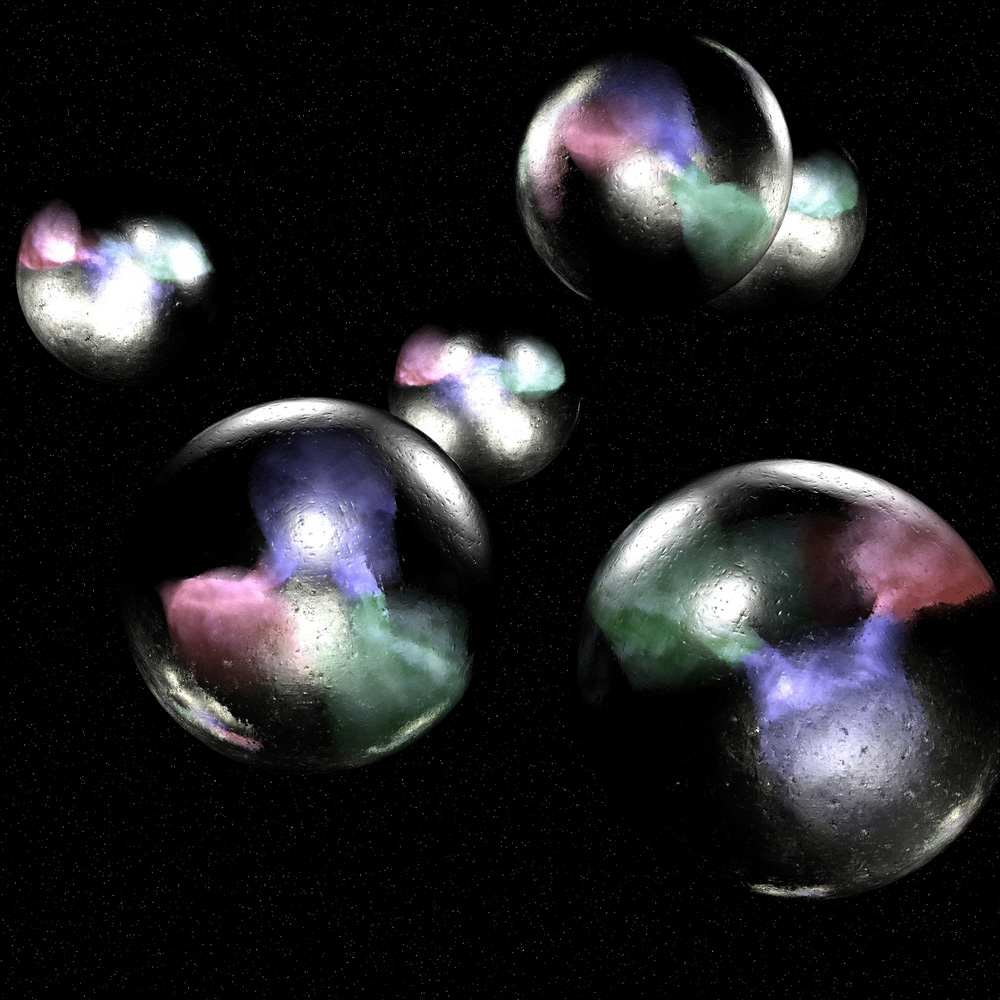Hark, Quarks! Strange Tiny Particles Loom Large in New Study

The most precise measurement yet of a fundamental property of quarks — one of the building blocks of matter — brings scientists closer to finding new exotic particles.
The new study, which revisited a decades-old experiment, could help physicists find a theory beyond one of the most successful in physics: the Standard Model.
At the U.S. Department of Energy's Thomas Jefferson National Accelerator Laboratory, scientists fired a beam of electrons at an atom of deuterium, or heavy hydrogen, which consists of one proton and one neutron. They looked at the way the electrons scattered after hitting the nucleus of the atom, and used that pattern to find out more about quarks, which make up protons and neutrons. The experiment is similar to one done in the late 1970s, which helped confirm that the Standard Model successfully explained the behavior of tiny particles. The work appears in the Feb. 6 issue of the journal Nature. [Wacky Physics: The Coolest Little Particles in Nature]
"We want to see some deviation from the Standard Model," said study co-author Xiachao Zheng, an associate professor at the University of Virginia. "To see if there's an extension to the Standard Model, maybe adding new things to the electron."
Standard Model: what's missing?
The mainstay of particle physics since the 1970s, the Standard Model has successfully predicted the existence of elementary particles such as the Higgs boson, which showed that the Higgs field exists and gives some particles mass. Robust as it is, though, the Standard Model isn't necessarily complete.
For instance, the model can't explain some of the mysteries of elementary particles called quarks (which make up the protons and neutrons inside atoms) and leptons (a group that includes electrons, muons and neutrinos).
Get the world’s most fascinating discoveries delivered straight to your inbox.
"Why are the different quark masses what they are? The Standard Model says nothing about why a muon is so much heavier than the electron. Why are there three families of quarks and leptons? We simply don't have answers,"Charles Prescott, a professor emeritus at Stanford who was involved in the early experiments in the 1970s, wrote in an email. He noted the development of the electron beams at the Jefferson Lab allows for experiments seeking subtle effects that could hint at new physics — and flesh out the Standard Model.
Looking for new physics
Particle physicists often use electrons to "see" inside of atoms. Being less massive, they can be fired with less energy than protons, and as the electrons in a beam move faster, they can resolve smaller structures. In the Jefferson Lab experiment, the researchers nudged half of the electrons to spin in one direction, and half in the other. When the electrons reached the atom's nucleus, they interacted with the quarks that make up the proton and neutron inside deuterium, via the weak nuclear force. The electrons were moving near the speed of light, with an energy of 6.067 billion electron volts, or GeV (gigaelectronvolts).
The weak nuclear force is one of the four fundamental forces, along with gravity, electromagnetism and the strong nuclear force. The weak nuclear force, which is carried by very massive particles called W and Z bosons, is responsible for certain kinds of radioactivity. When electrons that spin in opposite directions are fired at nuclei, Z bosons link them to the quarks in the protons and neutrons, a process called coupling. Afterward, the left-handed and right-handed electrons don't scatter the same way. This asymmetry is called parity violation. [The 6 Weirdest Effects of Gravity]
In 1978, scientists at the SLAC National Accelerator Laboratory in Menlo Park, Calif., fired a beam of electrons at an atomic nucleus to confirm that the Standard Model worked and whether the Z boson existed. At the time, they wanted to see whether parity violation happened at all – if it did, then that was evidence for the Z boson. (The ZZ boson was directly observed later, at CEN in 1983).
In the latest experiment, the researchers found the same parity violation. However, the scientists were able to measure it more precisely. They found exactly how much of the asymmetry comes from the quarks and how much from the electrons.
"In the original SLAC experiment they couldn't separate the quarks and electrons," Zheng said. "Now we can separate the parity violation contribution from each one."
That extra precision puts limits on where new physics is likely to be found, just as the experiments in the big particle accelerators put limits on where the Higgs might be found – that is, how much energy would be needed to make one appear. (Physicists ended up finding the Higgs boson at a mass of about 125 GeV.)
The latest findings reveal how much energy it will take to find new kinds of particle interactions. The result was two limits: 5.8 trillion electron volts (TeV) and 4.6 TeV. If the new interactions increase the contributions of quarks to the asymmetry, then they'll be seen above 5.8 TeV. If they decrease the quark contribution, it will be above 4.6 TeV. Such energies are within reach of the Large Hadron Collider at CERN.
The Jefferson Lab, meanwhile, is due for an upgrade, allowing it to reach energies of 12 GeV. That could offer new experimental possibilities at the Newport News, Va., facility.
"We want to extend these experiments," Zheng said, "to increase precision by another factor of five or ten." That would further narrow down the areas where new physics can be found.
Follow LiveScience on Twitter @livescience, Facebook & Google+. Original article on LiveScience.



